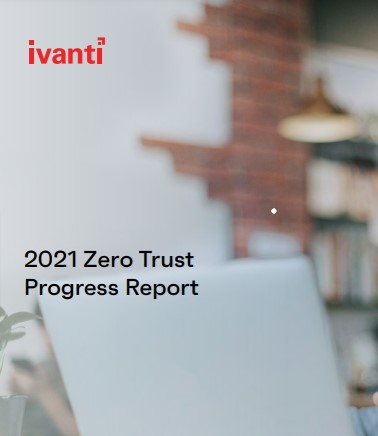(To download report, please see link at right.)
Enterprise adoption of the zero trust security model is gaining momentum as a majority of organizations plan to implement zero trust capabilities to mitigate growing cyber risk, especially in the wake of the massive shift to remote work. With its principle of user and device verification before granting
conditional access based on least privilege, zero trust holds the promise of significantly enhanced usability, data protection, and governance.
The 2021 zero trust report reveals how enterprises are implementing zero trust security in their organizations, including key drivers, adoption trends,
technologies, investments, and benefits.
To provide this information, we surveyed cybersecurity professionals ranging from technical executives to IT security practitioners, representing a balanced cross-section of organizations of varying sizes across multiple industries.
Key findings include:
■ Trust earned through verification of entities including users, devices and infrastructure components (64%) tops the list of core components of zero trust. This is followed by data protection (63%) and continuous authentication/authorization (61%);
■ Determining current access privileges for all users can be a daunting task to make sure users are limited to the appropriate access levels. More than 3/4 of organizations (88%) acknowledge that users may have access
privileges beyond what they require;
■ When asked about their current security priorities, cybersecurity professionals mentioned improved IAM (68%) most frequently, followed
by data loss prevention (56%), and secure application access (46%).
Many thanks to Ivanti for supporting this important research project.
















